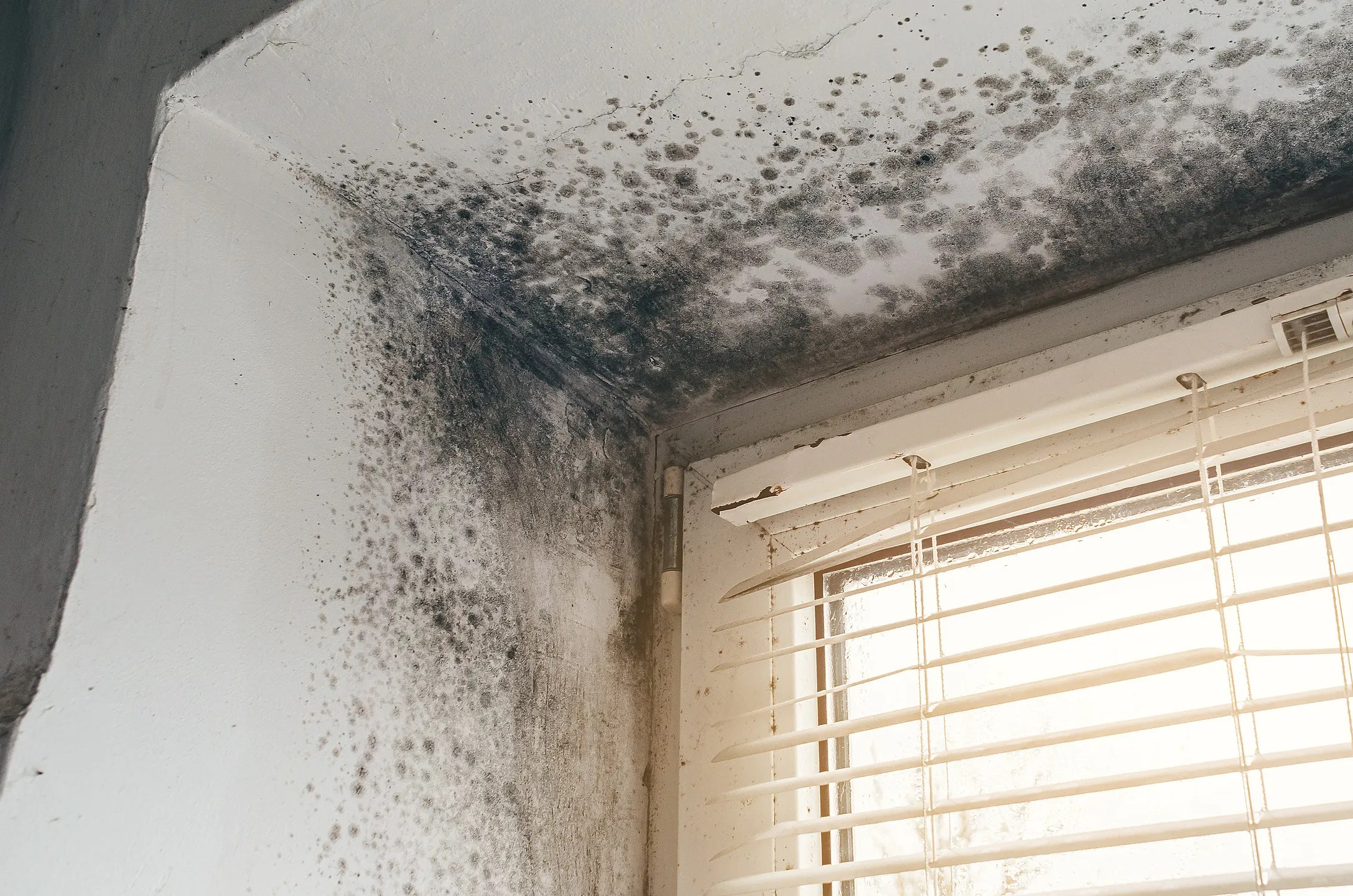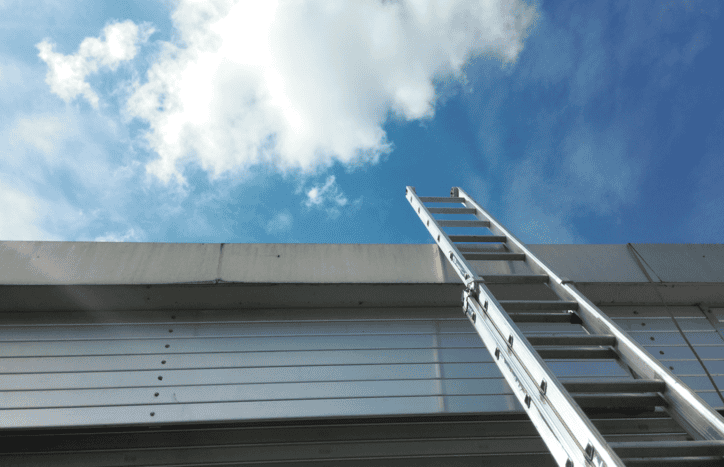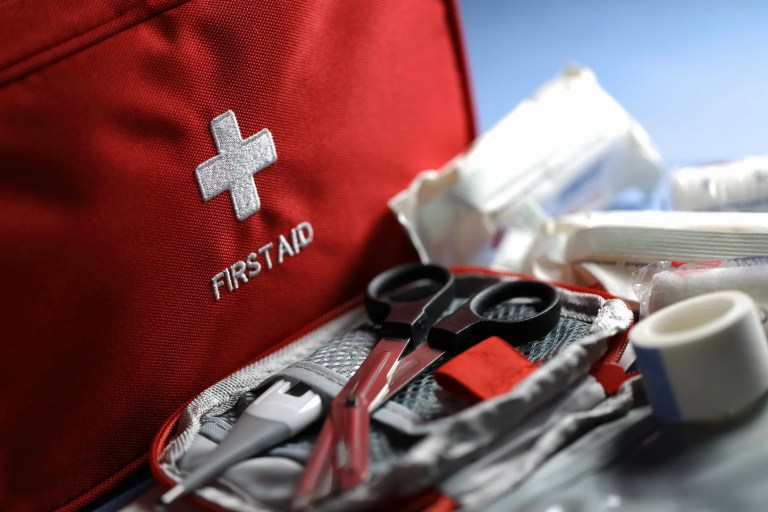ASTM D3273-21: Mold Resistance on Interior Coatings

Mold resistance is becoming increasingly common in interior coatings, particularly in areas prone to dampness and humidity. Preventing mold growth in interior coatings is essential for maintaining a health and durable living environment. ASTM D3273-21: Standard Test Method for Resistance to Growth of Mold on the Surface of Interior Coatings in an Environmental Chamber assesses the resistance of interior coatings, like paints, to mold and mildew growth in a controlled environment.
Preventing Mold on Interior Coatings
Often caused by moisture and humidity, mold and mildew on painted surfaces can degrade the paint’s integrity and cause it to crack among other issues:
- Discoloration
- Bubbling, flaking, or peeling of paint
- Musty odor
It is crucial to remove mold and mildew before painting to prevent future problems and assure a long-lasting paint job. To prevent mold on interior coatings, the most important strategy is to control moisture and humidity and use mold-resistant paints and primers. This includes utilizing proper ventilation, fixing leaks, maintaining low humidity levels, and following standards like ASTM D3273-21 that lay out specifications for a test method relevant for interior coatings used in areas prone to moisture, such as bathrooms, kitchens, and basements.
What Is ASTM D3273?
ASTM D3273-21 describes the use of an environmental chamber and operating conditions to evaluate the relative resistance of interior coatings to surface fungal growth in a severe interior environment during a 4-week period.
It covers a qualitative antifungal test to assess the resistance of interior coatings against mold and fungus growth in an environmental chamber. The test method detailed in this standard can be used to evaluate the comparative resistance of interior coatings to accelerated mold growth. ASTM D3273-21 notes that performance at a certain rating, however, does not imply any specific period of time for a fungal free coating.
This test is crucial for assessing the durability and suitability of materials like paints and coatings in environments prone to mold, such as construction and marine applications.
What Is the Difference between Mold and Mildew?
Mold and mildew are both types of fungi, but they differ in appearance, where they grow, and how they affect health and materials. Here is a breakdown of the differences:
Appearance of Mold and Mildew
The color of mold is black, green, blue, red, etc., and its texture is fuzzy or slimy. Its pattern appears in irregular spots or patches.
The color of mildew is white, gray, or yellow, and its texture is powdery of fluffy. Its pattern appears as flat growth in a consistent pattern.
Where Mold and Mildew Grow
Mold is found on food (e.g., bread, fruit), walls, ceilings, insulation, and wood as well as in common in areas with water damage or persistent humidity.
Mildew usually grows on damp surfaces like shower walls, windowsills, and bathroom tiles; it tends to grow on the surface of materials rather than deep inside.
Health Effects of Mold and Mildew
Mold can trigger allergies, asthma, and respiratory issues. Some types (like Stachybotrys chartarum, or black mold) produce mycotoxins that are potentially toxic.
Mildew is less harmful than mold, but it may cause minor respiratory irritation or allergic reactions. Mildew is essentially more of a nuisance than a serious health hazard.
Removal and Prevention of Mold and Mildew
Mold is harder to remove and may require professional remediation if widespread. It often indicates deeper moisture problems.
Mildew is easier to clean with household cleaners like vinegar or bleach, and regular cleaning and ventilation help prevent it.
ASTM D3273-21: Standard Test Method for Resistance to Growth of Mold on the Surface of Interior Coatings in an Environmental Chamber is available on the ANSI Webstore.






